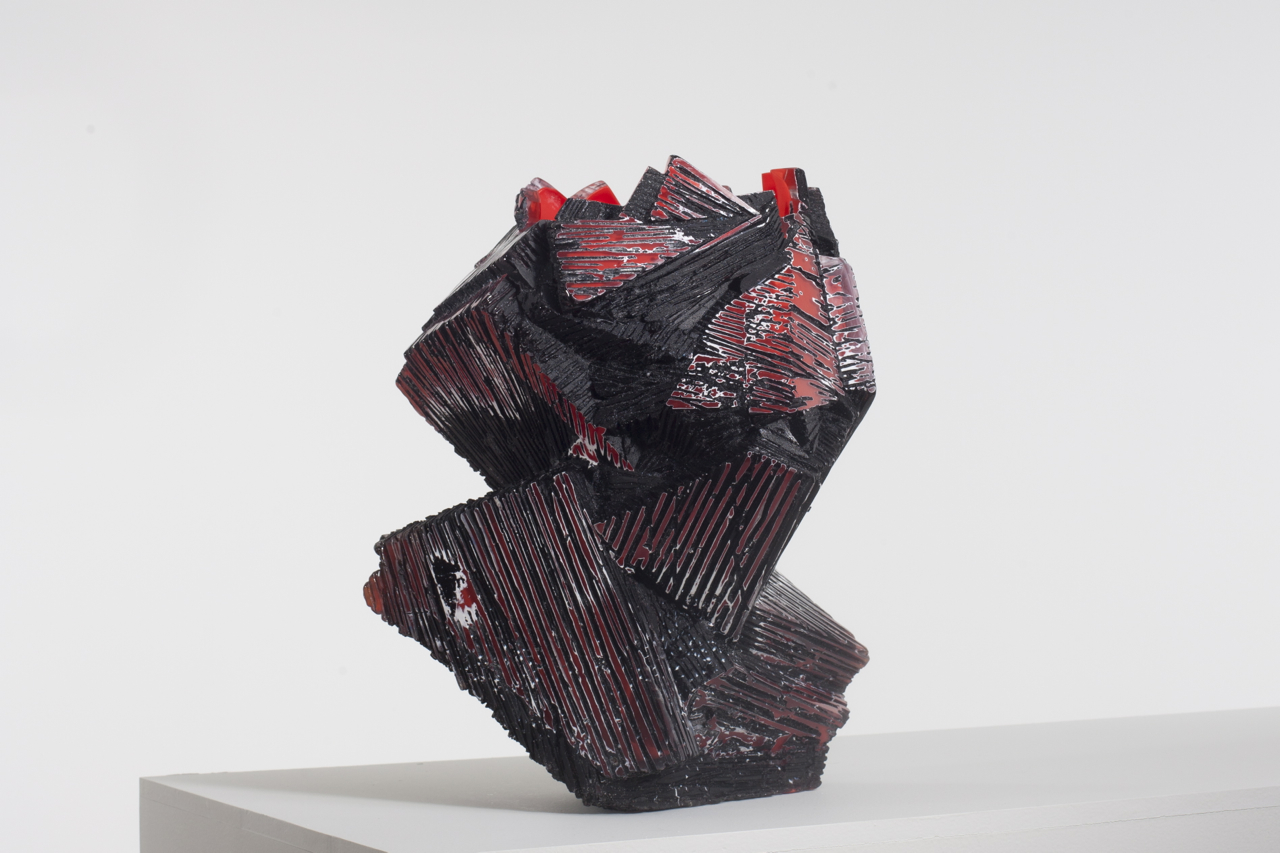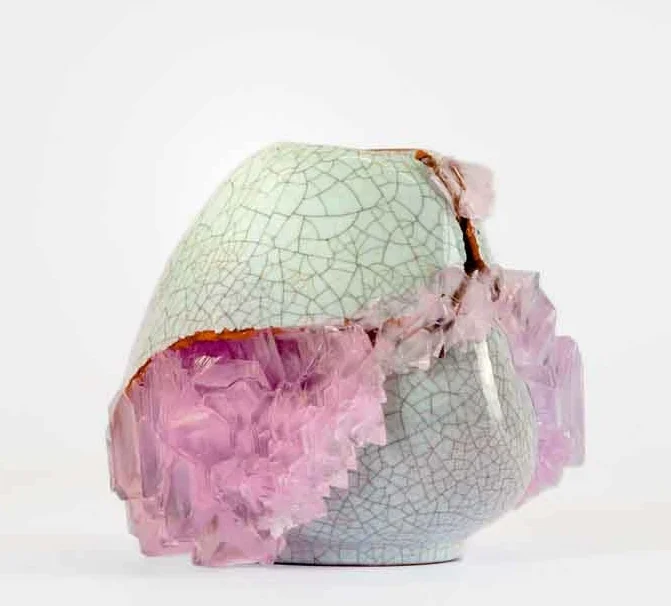A recent review I wrote for Whitehot Magazine. Galeria Pelaires is one of the oldest, if not the oldest gallery in Palma, with a storied past that includes Joan Miro, Picasso, and other legendary artists throughout the 20th century.
Materials, surfaces, textures at Galeria Pelaires
Lines are blurred in “Dissolution of Distance,” an exhibition at Galeria Pelaires, which brings together a selection of recent work by Gregor Hildebrandt, Rachel Howard, and Idris Khan; Here abstraction blurs into figuration, minimalism with gesturalism, the clarity of a word with the imperfectness of language. In their own particular way, each of these three artists challenge the possibilities of painting through their use of materials and unconventional processes. There is a tightly controlled freedom in the labor-intensive and highly personal approach to building up their work, whether it might be scratching, stamping, or defying gravity. Poetic and immersive, these paintings seem to set up subtle, visual traps that intimately engage the viewer, yet meanings remain opaque, fragmented, at a distance.
Visually sublime and meticulously crafted, the work on view by Idris Khan seems to vibrate as you move closer into its space. What first appears to be floating, brushy, cloud-like abstractions, soon reveals itself to be layers upon layers of letters, words, and phrases that have been carefully stamped onto the surface, and which jet outwards from a dense inner core. In this series of work, Khan begins with an aluminum panel and builds up the surface with layers of gesso paint made up of marble dust, slate dust and rabbit skin glue, giving the canvas a dense “stone quality,” as he says, onto which the stamped lettering seems to absorb into the surface. The words are in fact Khan’s own, his thoughts and responses about certain philosophical, art historical and theological texts, and though it’s tempting to approach them to try and make out their meaning, the closer we look, the more frenetic and dizzying the words become, leaving us at a distance, in a kind of perpetual blur.
The obsessiveness of Rachel Howard’s paintings, the making of her materials, their application, the play with gravity, belies their rather meditative qualities, some of which, particularly the larger canvases, absorb the viewer into their visceral and atmospheric surfaces. Howard likes to play with oil paint, often adding unexpected liquids and other matter to create experimental mixtures that are then applied to the surface of the canvas, which itself is frequently upended to drip and dry and let gravity play its part in the process. In two larger monochromatic works, (one red and one black), both Untitled, 2017, the luminous swirls of paint suck you into their details, the background motifs of spirals, flowers and netting, suggestive of an old decorative wallpaper design are being washed within the paint’s movement. Howard has referred to some of these paintings as “a celebration of pigment.”
The scratchy, peeled back surfaces of Gregor Hildebrandt’s paintings presented here are made by using cut up pieces of cassette tapes and cassette boxes which are then partly painted over with acrylic paint. Musical symbols and references lie within the repeated vertical lines, like the static fuzz on a radio seeking to get the signal, we can make out subtle images, but they are muted, or perhaps coded in their gesture. In the painting, Das Spiel moege beginnen, (The game can begin), 2017, the layering of tape and paint calls to mind an echography, as if we are trying to focus in on the white symbol floating within a dark void to gather its meaning or purpose.
We sense the tension, the movement, the cryptic layers within the paintings on view in this exhibition, which seek to question the the relationship between viewer, artist, and image. It’s as if they and we are approaching a line between a moment of calm and the impending storm; the hush on the verge of releasing a loud scream. “Dissolution of Distance” is on view through September 14, 2017.






































































